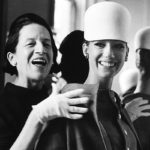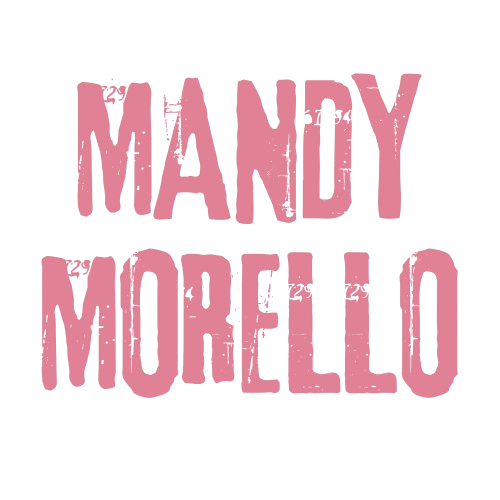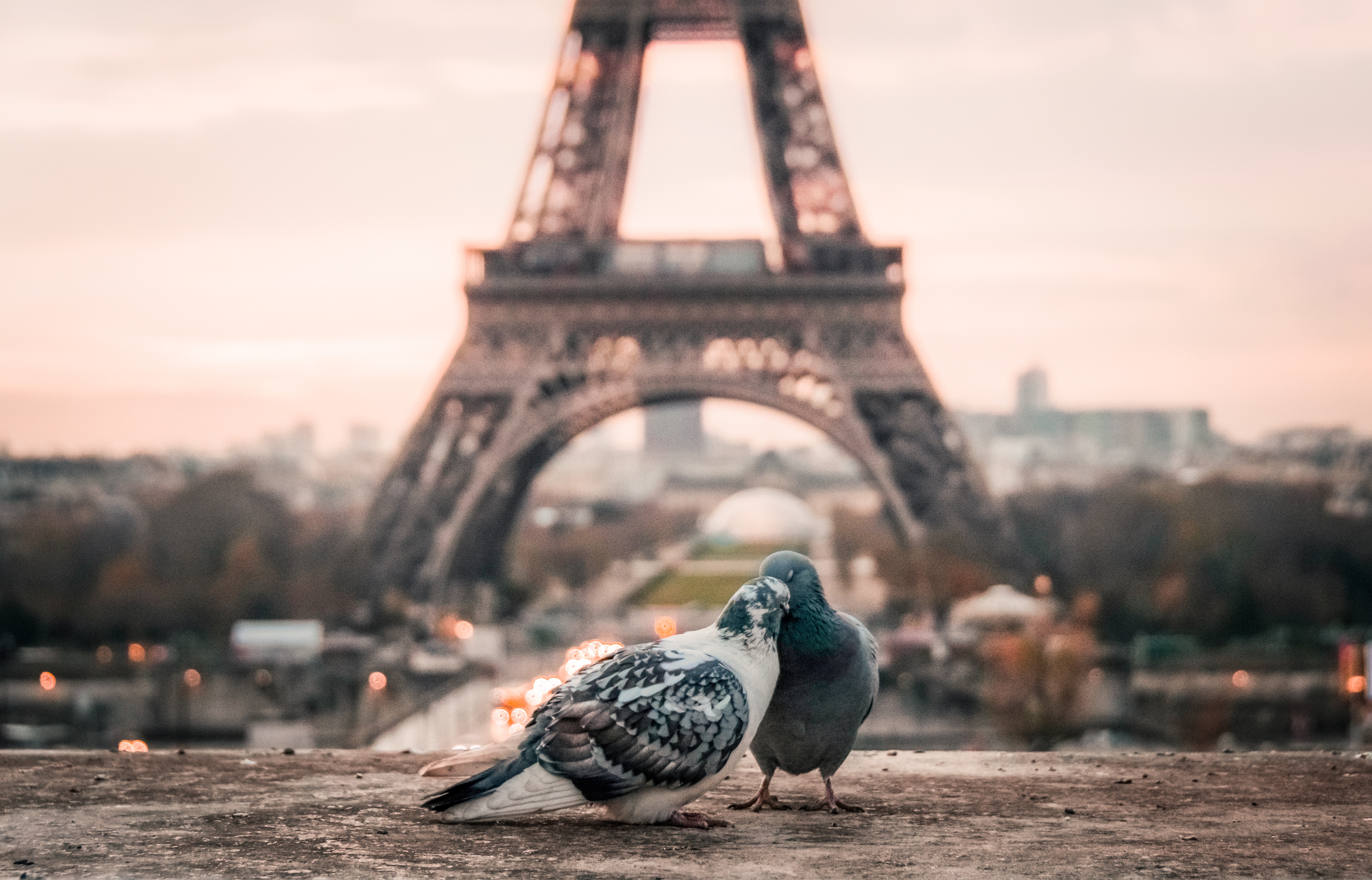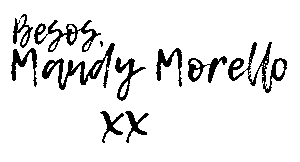Visit Hemmingway’s Favourite Parisian Addresses
March 12, 2019
 Previous post
Meet The Original Anna Wintour: Diana Vreeland
Previous post
Meet The Original Anna Wintour: Diana Vreeland
 Next post
How To Collect 60s Vintage Biba
Next post
How To Collect 60s Vintage Biba


